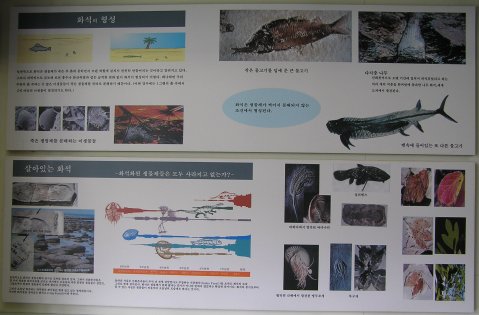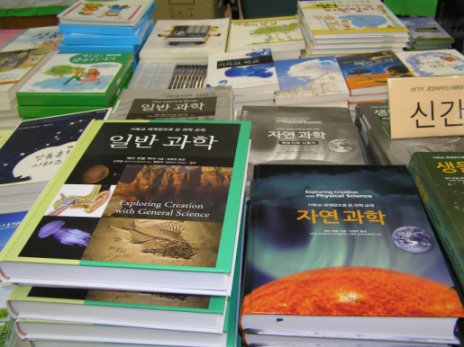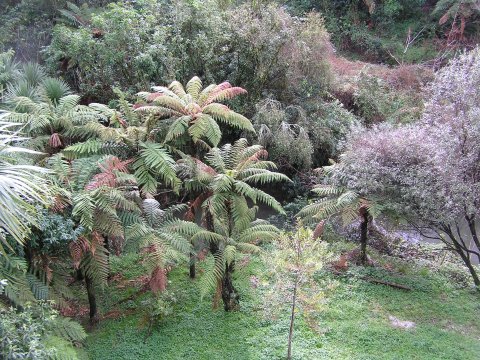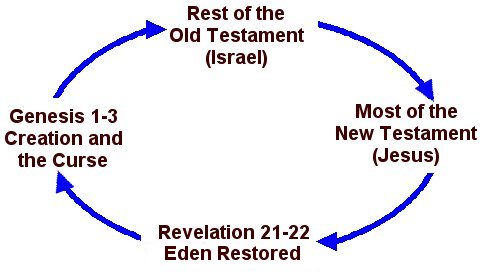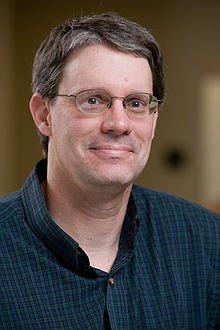I am on my way home from an incredible tour of New Zealand, South Korea, and Australia. I had great experiences in each country, and they will lead to several more blog posts. Even though I was most recently in Australia, I am not done reporting on my experiences in South Korea. I first want to finish my report on that country, and then I will discuss my wonderful time in Australia.
After speaking at the DCTY homeschooling convention in Seoul (which was fantastic) I spoke at KAIST church. To fully appreciate my experience there, you have to understand that KAIST is the main science and technology university in South Korea. Well before I knew I was going to travel to South Korea, I had heard of KAIST. It has an international reputation for producing not only good science, but also excellent graduates. It is not surprising, then, that KAIST is sometimes referred to as the MIT of South Korea.
The church service was held on the third floor of the student center, a building that sits on the university campus and was built by the university for its students. Imagine my surprise when I walked into the room in which the church service was held and saw this:
